7 Tips to Know About Top Things Before Buying the Best Fertilizer For Your Vegetable Garden
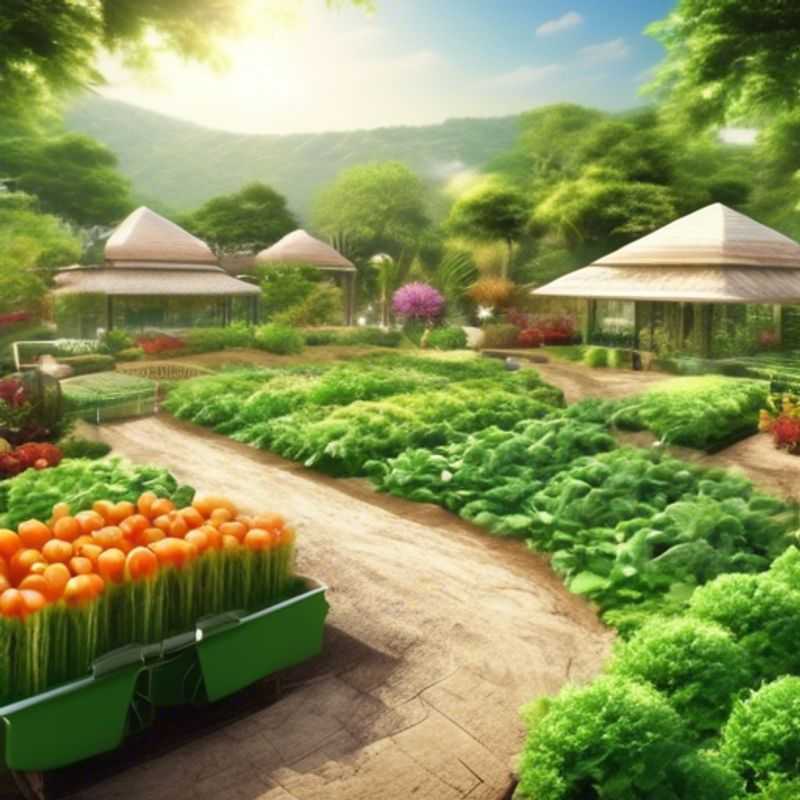
7 Tips to Know Before Buying the Best Fertilizer for Your Vegetable Garden
Growing a thriving vegetable garden requires providing your plants with the essential nutrients they need to flourish.

Deciphering Fertilizer Labels: Understanding Nutrient Composition for Optimal Growth
Fertilizers are essential for plant growth, providing the nutrients they need to thrive. Understanding the nutrient composition of a fertilizer is crucial for choosing the right product for your plants. Fertilizer labels typically list the three main nutrients: nitrogen (N), phosphorus (P), and potassium (K), represented as a ratio like 10-10-10.
Nitrogen is vital for leaf growth and overall plant health. Phosphorus supports root development and flower production. Potassium helps with water regulation and disease resistance. The numbers on the label indicate the percentage of each nutrient by weight. For example, a 10-10-10 fertilizer contains 10% nitrogen, 10% phosphorus, and 10% potassium.
Fertilizers can be granular, liquid, or slow-release. Choosing the right type depends on your specific needs. Granular fertilizers are easy to apply, while liquid fertilizers are quickly absorbed. Slow-release fertilizers provide nutrients gradually over time. When selecting a fertilizer, consider your plant's needs, soil type, and the time of year.
Remember to follow the manufacturer's instructions for application rates to avoid over-fertilizing, which can damage your plants. Always read the label carefully!
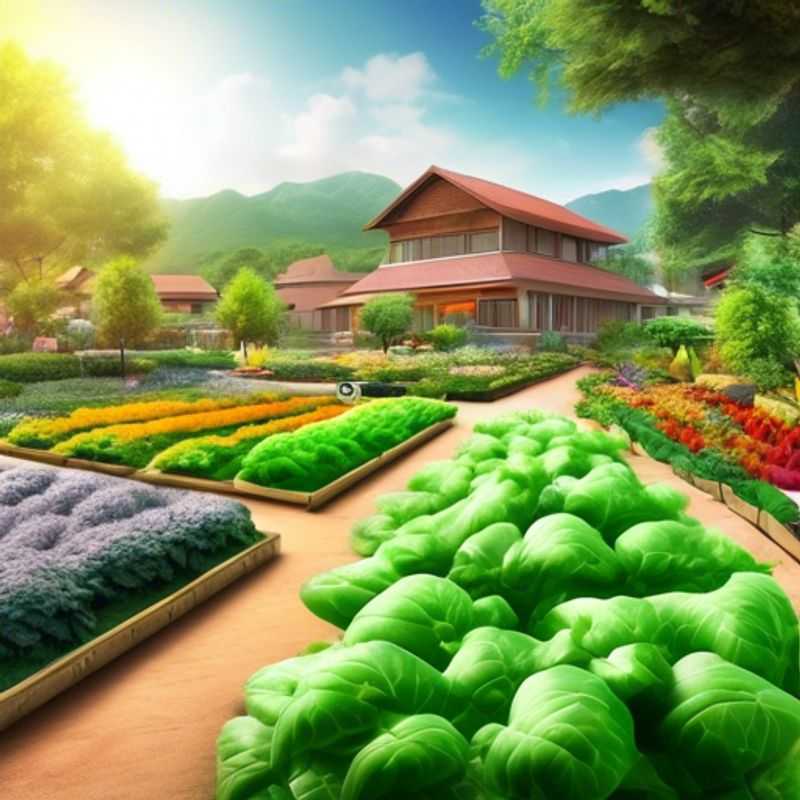
Digging Deeper: Understanding Soil Type for a Thriving Vegetable Garden
Knowing your soil type is crucial for a thriving vegetable garden. Understanding the soil type allows you to tailor your gardening practices for optimal growth.
Soil testing is the best way to determine your soil type and nutrient content. This can be done through local labs or home kits. The results will reveal the soil's pH, nutrient levels, and texture, all vital factors in deciding what to plant and how to amend the soil.
There are three main soil types: clay, sandy, and loamy. Each has unique characteristics. Clay soil holds water well but can become compacted. Sandy soil drains quickly, which can lead to nutrient loss. Loamy soil is considered ideal, offering a good balance of water retention and drainage.
Modifying your soil for your vegetables is important. If your soil is too acidic, adding lime can increase its pH. Adding compost, manure, or other organic matter can improve drainage, aeration, and fertility.
Choosing the right vegetables for your soil type is crucial. Vegetables have specific preferences. For example, leafy greens thrive in well-drained soil, while root vegetables prefer loose, fertile soil.
Regular monitoring of your soil is essential for maintaining its health. Soil testing should be repeated periodically to track changes in nutrient levels and pH. This allows you to adjust your gardening practices accordingly. Remember, a healthy soil is the foundation for a bountiful vegetable garden.
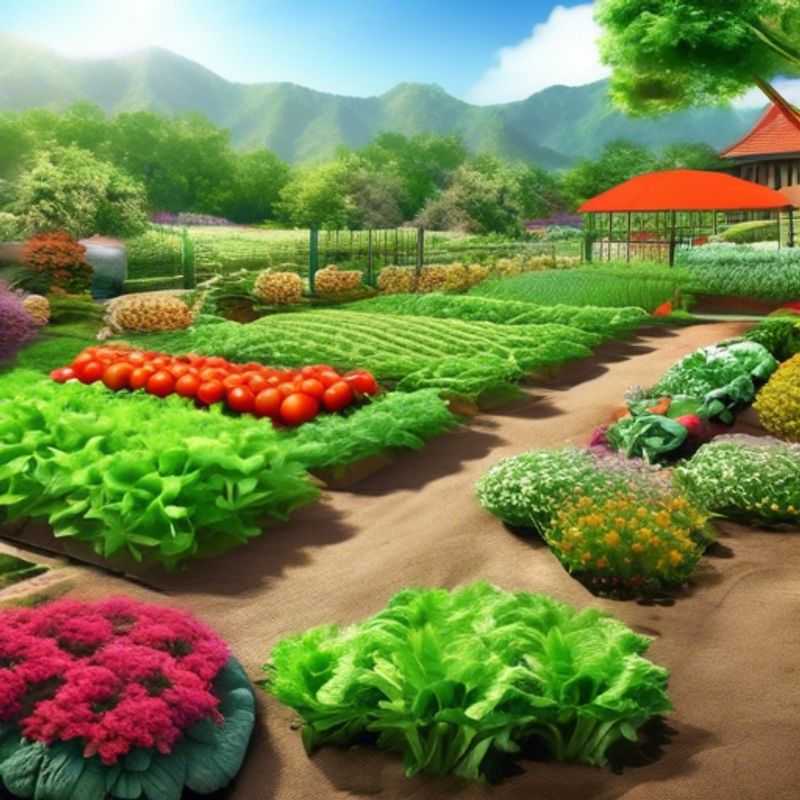
Nurturing Your Garden Naturally: Exploring Organic and Natural Fertilizer Options
Looking for organic or natural fertilizer options? It's great you're considering a sustainable approach to gardening. Organic fertilizers come from natural sources like compost, manure, and bone meal. They provide nutrients gradually, improving soil structure and promoting beneficial microorganisms. Natural fertilizers are derived from minerals and rock sources, like rock phosphate and greensand.
When choosing organic fertilizers, consider your specific plant needs. For example, compost is versatile, while manure is rich in nitrogen. Bone meal is a good source of phosphorus. You can find these fertilizers at garden centers or online.
Keep in mind that organic fertilizers generally release nutrients slower than synthetic options, so you might need to apply them more frequently. While they might cost a bit more upfront, they often lead to long-term soil health benefits. Always follow the instructions on the packaging for proper application.
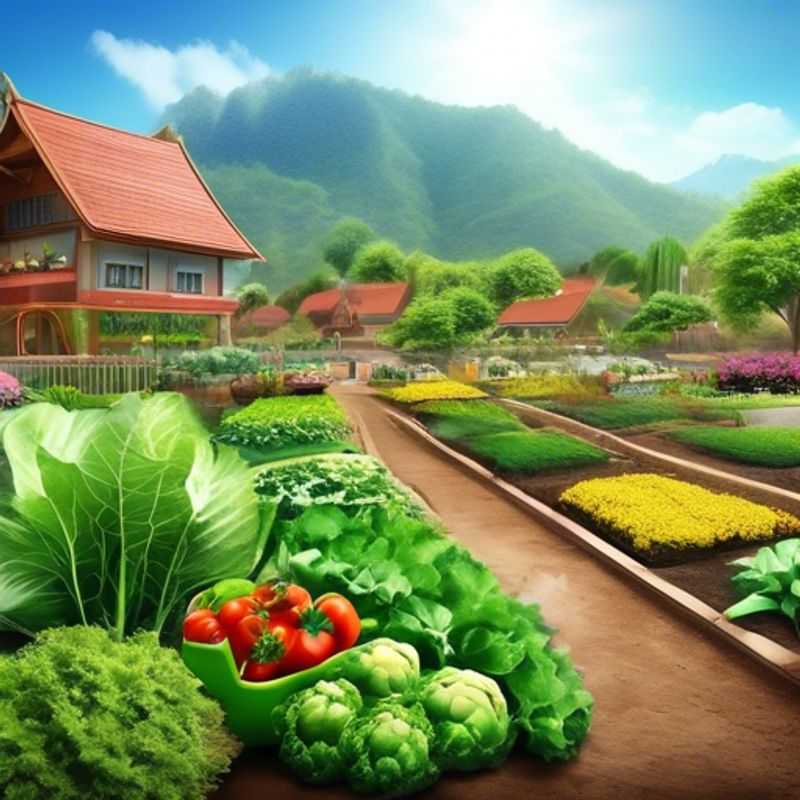
Unlocking the Secret to Success: Determining the Perfect Application Rate for Your Garden
Determining the correct application rate for your garden is crucial for ensuring your plants receive the right amount of nutrients without causing harm. Here's a summarized guide to help you get started:
1. Identify Your Needs: Understand what your plants need. Different plants have different nutritional requirements. For example, leafy greens require more nitrogen, while flowering plants may benefit from higher phosphorus levels.
2. Analyze Your Soil: A soil test is the most accurate way to determine your soil's nutrient content and pH level. This will help you tailor your application rate to your specific needs.
3. Read Product Labels: Every fertilizer package contains detailed instructions on application rates. Pay attention to the recommended dosage per square foot or per plant, depending on the product.
4. Factor in Plant Stage: The application rate may vary depending on the plant's life cycle. For example, young seedlings typically need less fertilizer than established plants.
5. Consider Environmental Factors: Factors like climate, soil type, and irrigation practices can influence nutrient absorption and loss. Adjust your application rate accordingly to minimize waste and environmental impact.
6. Start Small and Observe: It's always best to start with a slightly lower application rate than recommended and monitor your plants' growth. If needed, you can increase the rate gradually.
7. Avoid Over-Fertilizing: Excessive fertilizer application can lead to nutrient burn, harming your plants and potentially polluting water resources.
Remember, determining the right application rate is an ongoing process. Regular soil testing and observation of your plants will help you fine-tune your fertilization practices for a thriving garden.
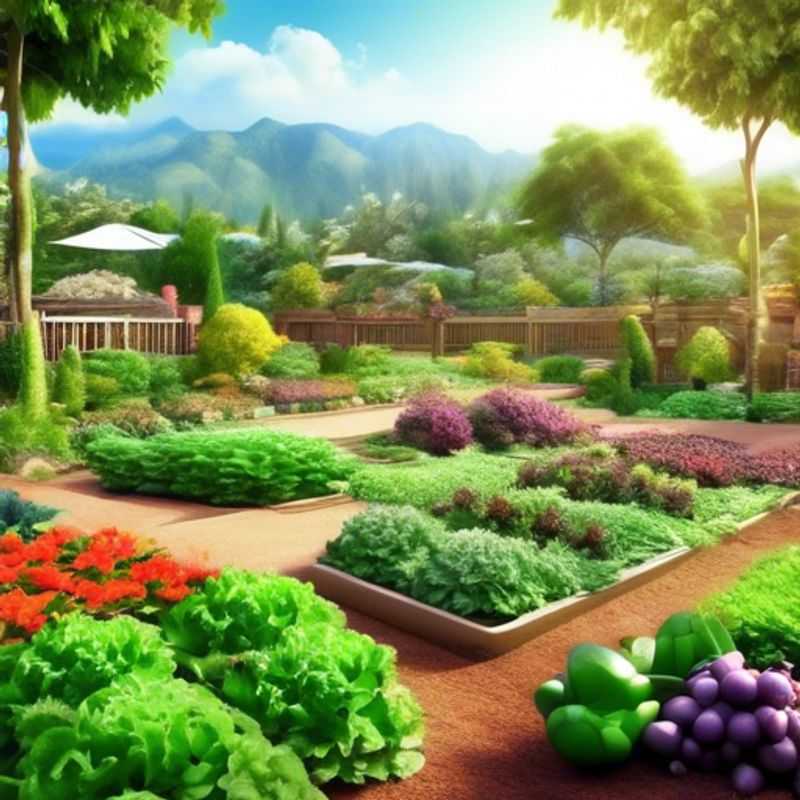
Timing is Everything: Fertilizing for Peak Plant Performance
Timing fertilizer application is crucial for optimal plant growth. The goal is to provide nutrients when the plant needs them most. This avoids unnecessary waste and potential environmental harm.
Consider the plant's life cycle. Young plants, especially seedlings, need a readily available supply of nitrogen for rapid growth. During flowering and fruiting, plants require higher levels of phosphorus and potassium. These nutrients support flower development and fruit production.
Soil testing is a good way to determine the existing nutrient levels in your soil and guide your fertilizer application. Avoid excessive application, as it can lead to nutrient imbalances and environmental issues.
Fertilize before planting to provide a consistent supply of nutrients throughout the growing season. Split applications can be beneficial for plants with high nutrient demands, ensuring a steady supply without overwhelming the plant.
Timing fertilizer application based on weather conditions is important. Heavy rainfall can wash away nutrients, making applications less effective. Avoid applying fertilizer to wet soil, as this can lead to nutrient loss and potential soil compaction.
Incorporating organic matter, like compost, can improve soil fertility and reduce the need for chemical fertilizers. Organic matter releases nutrients slowly, providing a consistent supply over time.
Don't forget to consider the specific needs of your plants. Research their nutrient requirements and adjust your fertilizer application accordingly. Remember, consistent and well-timed fertilization is a key factor in maximizing plant growth and yield.
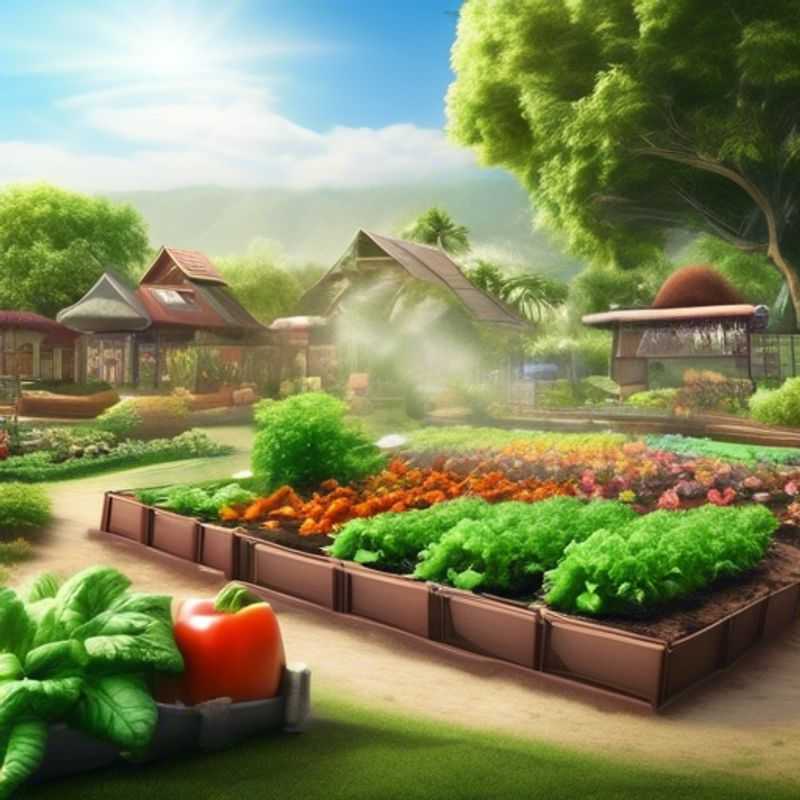
Fertilizer 101: Deciphering the Instructions on Your Packaging
Understanding the fertilizer packaging is crucial for effective and safe use. Always read and follow the instructions carefully. These instructions provide vital information about application rates, timing, and safety precautions.
The packaging typically includes details about the type of fertilizer, its nutrient content (often expressed in N-P-K ratios), and application methods. It may also specify safety precautions like wearing gloves and avoiding contact with eyes.
Incorrect fertilizer application can lead to plant damage, nutrient imbalances, and environmental harm. Following the instructions ensures you provide the right amount of nutrients at the appropriate time, promoting healthy plant growth.
If you're unsure about any aspect of fertilizer use, consult a local gardening expert or agricultural specialist. They can provide personalized guidance based on your specific plant needs and growing conditions.
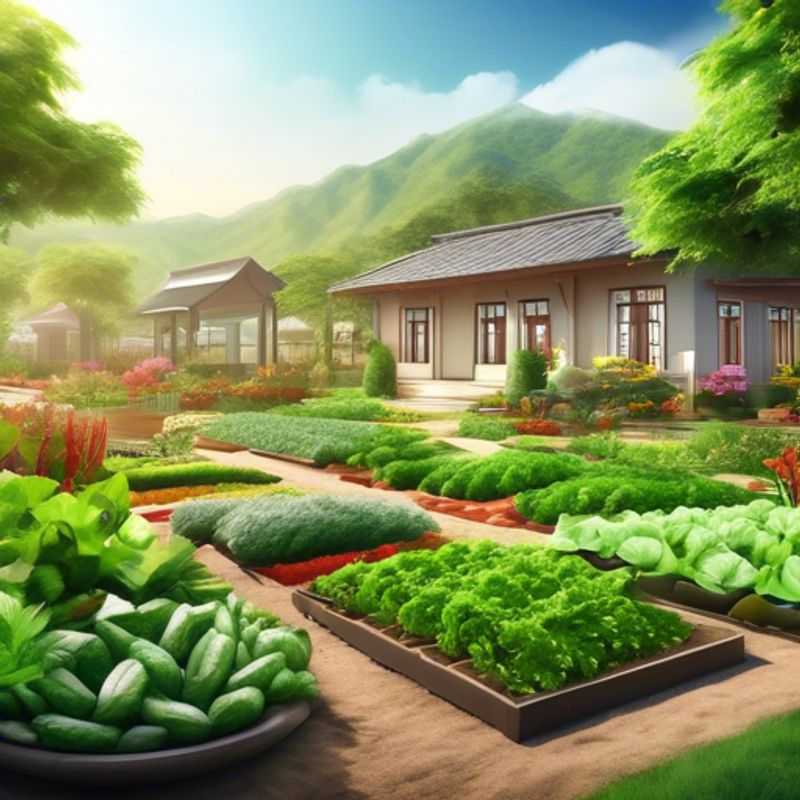
Fertilizer Storage: Maximizing Effectiveness and Longevity
Storing fertilizer properly is crucial to maintain its effectiveness and prevent safety hazards. Here's a quick guide to keep your fertilizer in top shape:
Keep it dry: Moisture is the enemy of fertilizer. Store it in a dry, well-ventilated area, away from any sources of water. This prevents clumping, caking, and loss of potency.
Seal it tight: Use airtight containers to prevent moisture absorption and chemical breakdown. The original packaging is often suitable, but if damaged, opt for a new sealed container.
Avoid extreme temperatures: Fertilizers can degrade under extreme heat or cold. Store them in a temperature-controlled environment, ideally between 50°F and 80°F (10°C and 27°C).
Label clearly: Label your containers with the type of fertilizer, the purchase date, and any special storage instructions. This will help you avoid accidental mixing or using expired fertilizer.
Store separately: Keep fertilizers away from food, seeds, and other chemicals to prevent contamination and accidental ingestion. This also reduces the risk of unwanted reactions.
